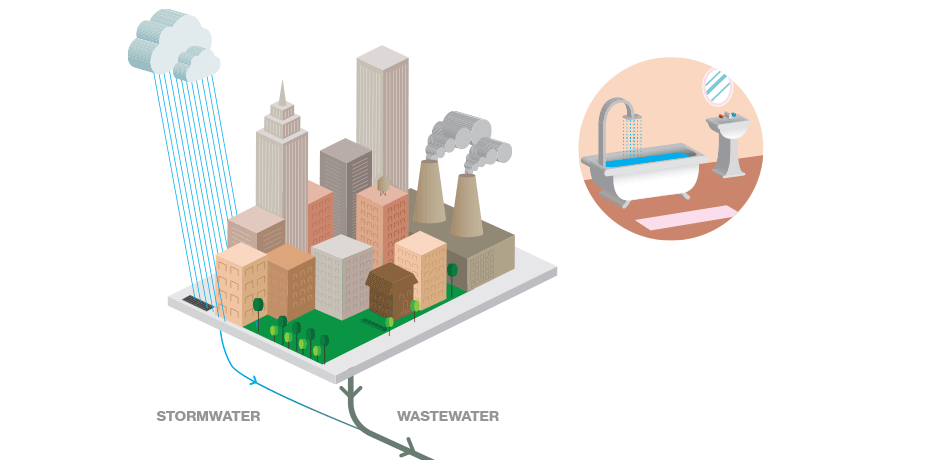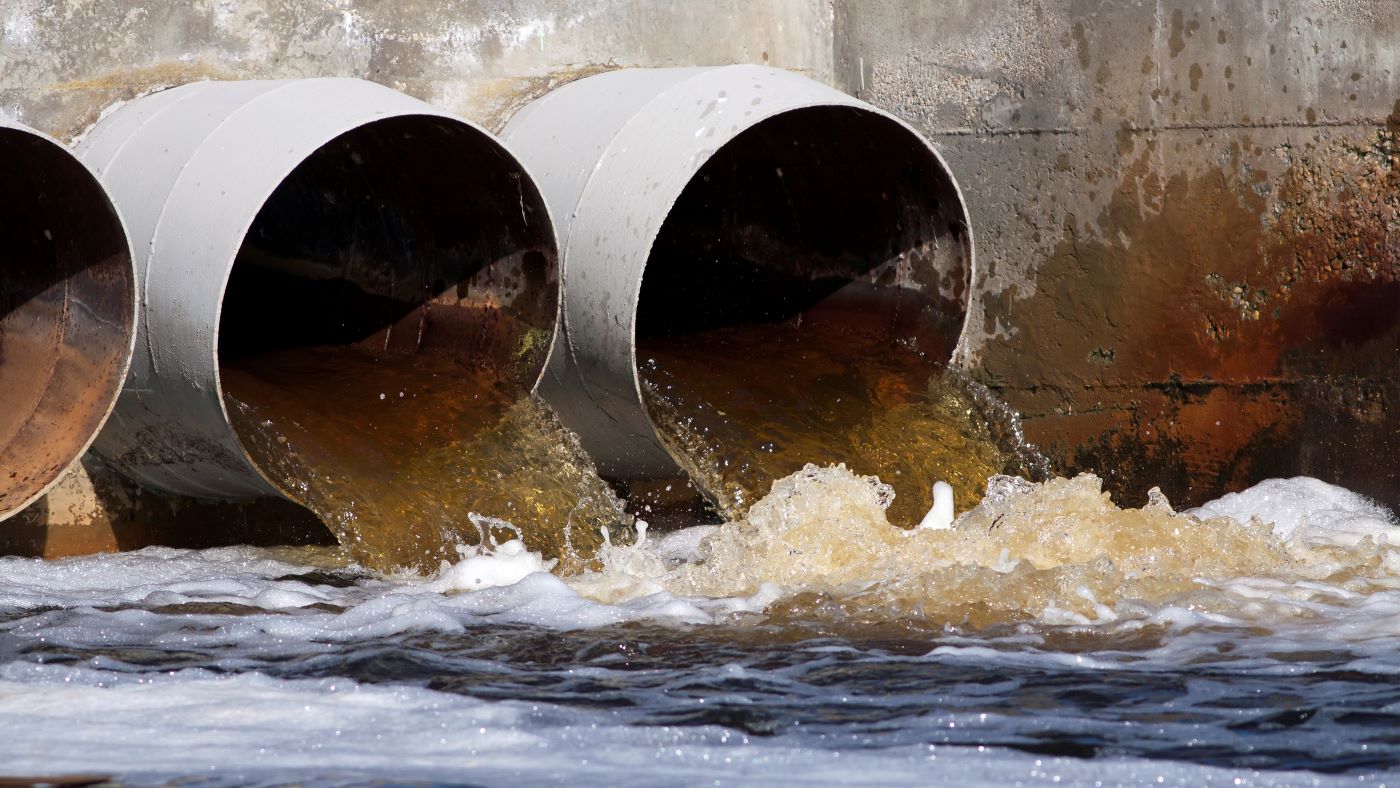Secret Difficulties in Urban Waste Water Treatment Approaches
Optimizing Drainage Treatment Processes: Approaches for Improved Water High Quality and Source Recovery
In the realm of wastewater therapy, the quest for enhancing efficiency and sustainability through procedure optimization is a recurring search that holds immense significance. By focusing on approaches tailored to elevate water top quality while concurrently taking advantage of important sources, therapy plants can deal with pressing environmental concerns while unlocking economic benefits. From advanced innovations to innovative source recuperation methods, the landscape of wastewater therapy is evolving swiftly. As we look into the details of enhancing these processes, a globe of opportunities emerges that promises not only cleaner water yet also an extra lasting future.
Importance of Refine Optimization
Maximizing drainage treatment procedures with careful process optimization is important for making the most of effectiveness and ensuring ecological sustainability. By fine-tuning each step of the treatment procedure, from preliminary intake to final discharge, water treatment facilities can achieve greater levels of pollutant removal, minimize energy consumption, and reduce the generation of waste spin-offs. Process optimization entails evaluating vital performance indications, such as hydraulic retention times, sludge retention times, and nutrient degrees, to recognize areas for enhancement and execute targeted remedies.
Efficient procedure optimization not only enhances the total performance of waste water treatment plants yet additionally adds to set you back financial savings and regulatory compliance. By maximizing procedures, operators can accomplish higher treatment capacities without the requirement for considerable framework financial investments. Additionally, improved therapy performance causes cleaner effluent discharge, lowering the environmental impact on getting water bodies and environments.

Advanced Therapy Technologies
In the world of waste water treatment, the execution of advanced therapy modern technologies plays an essential role in boosting the general performance and efficiency of the therapy processes. These cutting-edge technologies offer cutting-edge remedies to deal with complex pollutants existing in wastewater streams, making certain the removal of pollutants to satisfy strict water high quality standards. Advanced treatment procedures such as membrane layer bioreactors, ozonation, progressed oxidation processes, and reverse osmosis allow the complete elimination of impurities, consisting of emerging toxins like pharmaceuticals and individual care items.
Additionally, these innovations help with source healing by removing important materials such as phosphorus, nitrogen, and power from the wastewater. As an example, progressed nutrient elimination modern technologies can recover phosphorus and nitrogen for reuse in farming fertilizers, while energy recovery systems like anaerobic food digestion can harness biogas for electrical power generation. By integrating innovative treatment innovations right into wastewater treatment plants, drivers can improve water top quality, decrease environmental impact, and relocate in the direction of a more sustainable and resource-efficient technique to wastewater administration.
Source Recuperation Methods
Source recuperation strategies in wastewater treatment procedures play an essential duty in making the most of the application of important sources consisted of within wastewater streams. One usual source recovery method is the extraction of nutrients like phosphorus and nitrogen from wastewater for reuse as fertilizers or in industrial processes.
Water recuperation techniques, such as membrane layer modern technologies and advanced filtration systems, enable the therapy and reuse of water for non-potable applications like irrigation or industrial processes. By carrying out resource healing techniques in wastewater therapy plants, not just can valuable sources be conserved and recycled, however the overall sustainability and efficiency of the treatment procedure can be significantly boosted. As the concentrate on resource deficiency and environmental sustainability remains to expand, the importance of incorporating resource healing you can check here methods into wastewater treatment procedures ends up being progressively noticeable.
Sustainable Practices in Wastewater Treatment
Lasting techniques in wastewater therapy include a range of strategies aimed at reducing the ecological impact of therapy procedures while taking full advantage of source recovery. One key facet of lasting wastewater therapy is the implementation of energy-efficient modern technologies to lower the carbon footprint of treatment plants.
Furthermore, the adoption of innovative therapy technologies that promote water reuse and recycling plays an essential function in lasting wastewater administration. By treating wastewater to a high criterion, it can be repurposed for various non-potable applications, such as watering, industrial procedures, and also potable water production in many cases. This not just conserves beneficial freshwater resources however also lowers the quantity of effluent discharged right into the atmosphere.

Instance Researches on Effective Optimization
As wastewater therapy facilities increasingly concentrate on sustainable techniques, real-world case studies showcasing successful optimization methods work as invaluable models for market development. One such instance research revolves around the application of innovative nutrient removal technologies in a local wastewater therapy plant. By integrating organic nutrient elimination processes and enhancing operational parameters, the facility accomplished significant reductions in nitrogen and phosphorus levels released right into receiving waters, ultimately boosting general water top quality.
An additional noteworthy study involves the assimilation of anaerobic food digestion systems in a commercial wastewater therapy plant to boost power recovery and resource efficiency (Waste Water Treatment). With the food digestion of natural waste products, the center not only produced biogas for energy production however additionally reduced the quantity of sludge needing disposal. This double benefit not only improved the plant's sustainability efficiency however also led to expense savings
These effective optimization strategies show the capacity for wastewater therapy facilities to achieve both environmental and economic advantages via ingenious techniques and reliable procedures. By picking up from these study, industry professionals can further maximize their very own procedures to boost water top quality and source recuperation.
Final Thought
In verdict, enhancing waste water therapy procedures through innovative technologies, source recovery techniques, and important site lasting methods is important for improving my review here water top quality and making best use of source healing. Waste Water Treatment. Case research studies have shown successful application of optimization techniques in various wastewater treatment facilities. By remaining to focus on procedure optimization, we can make certain efficient and effective treatment of wastewater, inevitably bring about a much more sustainable and eco-friendly technique to taking care of water sources
By fine-tuning each action of the therapy procedure, from initial intake to final discharge, water therapy facilities can accomplish greater degrees of impurity elimination, decrease power intake, and decrease the generation of waste spin-offs.In the world of waste water treatment, the execution of innovative treatment innovations plays a pivotal function in boosting the total effectiveness and effectiveness of the treatment procedures. By including innovative treatment innovations into wastewater treatment plants, operators can improve water quality, minimize ecological impact, and relocate in the direction of a much more resource-efficient and sustainable technique to wastewater administration.
By implementing source healing techniques in wastewater treatment plants, not just can beneficial sources be saved and reused, however the overall sustainability and performance of the treatment process can be considerably boosted. Lasting practices in wastewater therapy encompass an array of techniques aimed at reducing the ecological impact of treatment processes while maximizing resource healing.